Embarking on creating a bookcase quilt is a journey that intertwines the art of quilting with a profound love for literature.
This unique endeavor invites you to translate the charm of a personal library onto fabric, weaving together creativity and craftsmanship.
Every step in this process holds the promise of creating a textile masterpiece, from selecting fabrics that emulate the spines of cherished books to the meticulous arrangement of shelves.
With careful attention to detail, you’ll breathe life into this quilt, bringing a touch of literary magic into your living space.
This guide will walk you through each step, ensuring your bookcase quilt becomes a testament to your passion for quilting and the written word.
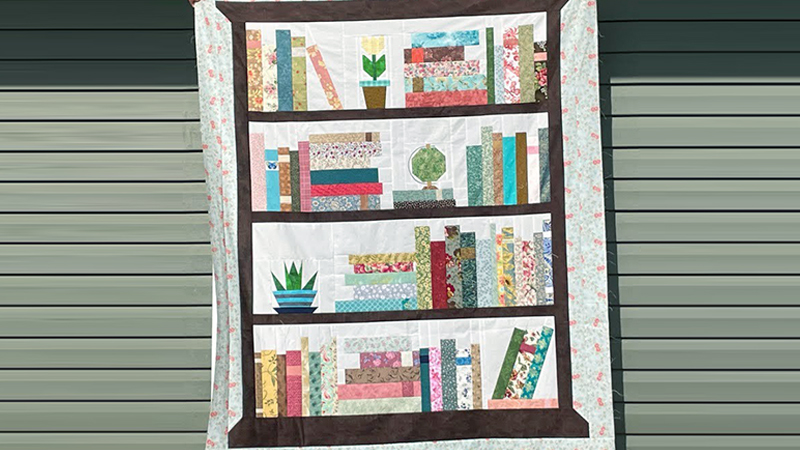
How to Make a Bookcase Quilt? 12 Steps
Making a bookcase quilt is a creative and charming project that allows you to combine your love for quilting with your passion for books and reading.
This quilt design features rows of colorful “books” stacked on “shelves,” creating the illusion of a miniature bookcase.
Here’s a step-by-step guide on how to make a bookcase quilt:
Materials You’ll Need:
- Fabric.
- Backing Fabric.
- Batting.
- Thread.
- Sewing Machine.
- Quilting Ruler and Rotary Cutter.
- Iron and Ironing Board.
- Quilt Basting Spray or Pins.
- Book Templates.
Step-by-Step Instructions:
Step 1: Design Your Bookcase
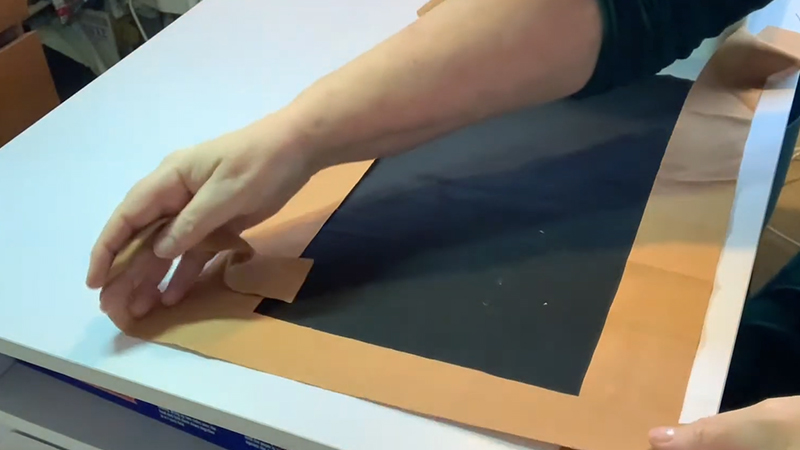
Consider the style and era you want to emulate for your bookcase. Are you envisioning a vintage, rustic bookcase or a modern, sleek one?
Think about the number of shelves and their spacing. Visualize how books will be arranged on each shelf, considering variations in height and color. This is your opportunity to let your imagination run wild.
Step 2: Fabric Selection
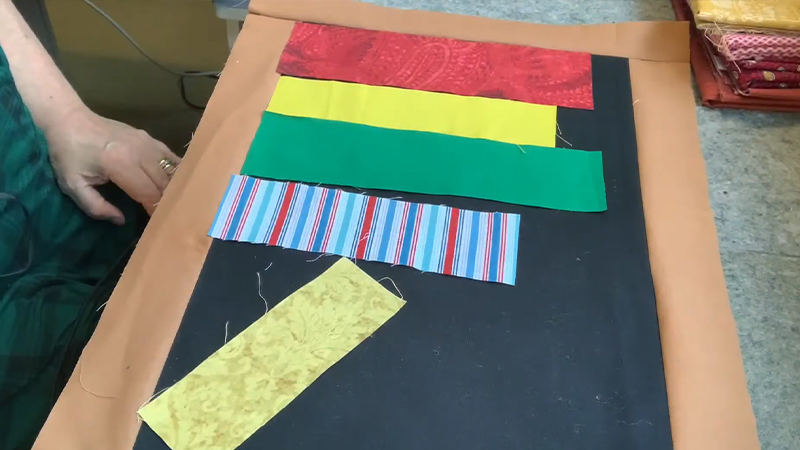
Explore various fabric stores or your collection. Pay attention to the texture and print of the fabrics. Consider how they complement each other and evoke the feel of actual book spines.
Think about the visual impact of each fabric when placed side by side. This selection process is where you truly set the tone for your quilt.
Step 3: Cutting Fabric
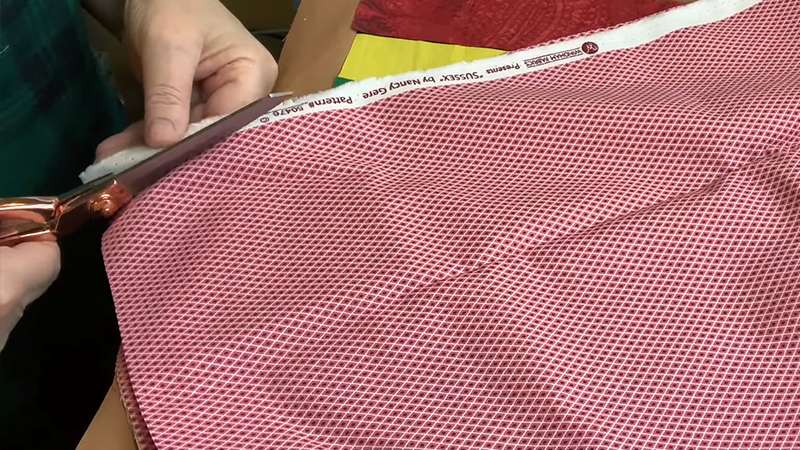
Precision is paramount in this step. Use a rotary cutter and quilting ruler to ensure straight, even cuts. Take your time measuring and cutting the background fabric.
This will provide a solid foundation for the quilt. Similarly, meticulously cut the book spine fabric, ensuring each piece is tall enough to accommodate the book templates.
Step 4: Create Book Templates
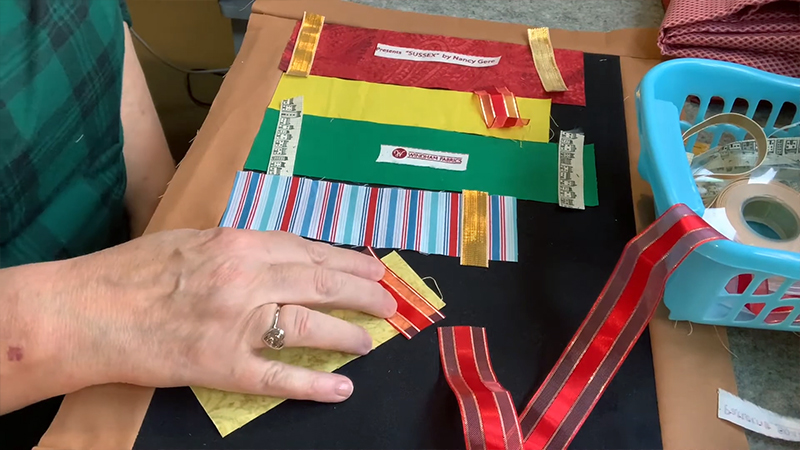
Opt for a sturdy material for your templates, such as heavy cardboard or template plastic. Take your time tracing and cutting out the shapes.
The accuracy of these templates will significantly influence the uniformity and professional appearance of your finished quilt.
Step 5: Sew Book Spines
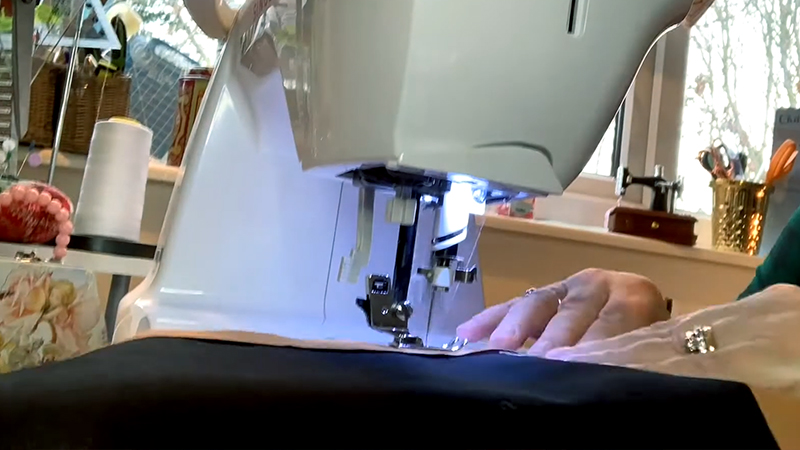
Be patient and deliberate in this step. Folding the fabric in half lengthwise and sewing along the edge requires steady hands and focused attention.
Turning the fabric right side out demands careful maneuvering, especially if the fabric is delicate or intricate.
Step 6: Arrange Books
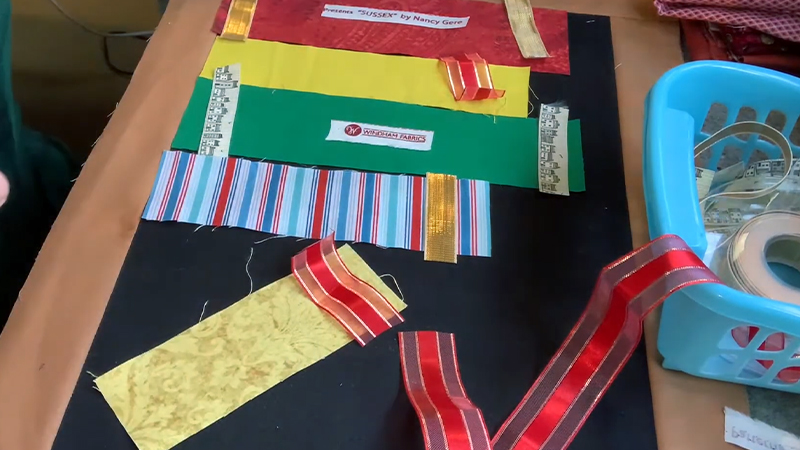
Think of this step as a form of artistic expression. Consider the composition of the bookcase. Pay attention to the rhythm of color and height, and ensure that books are placed naturally on the shelves.
Experiment with different arrangements until you achieve a layout that resonates with you.
Step 7: Sew Book Spines to Shelves
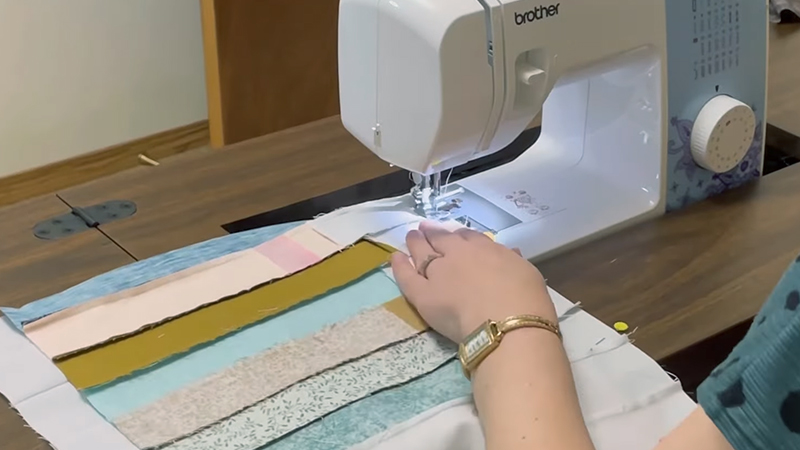
Take your time pinning the book spines in place. The stitching should be precise and even, ensuring that each book spine is securely attached to the corresponding shelf.
This step not only provides structural integrity but also contributes to the realism of your bookcase.
Step 8: Add Details
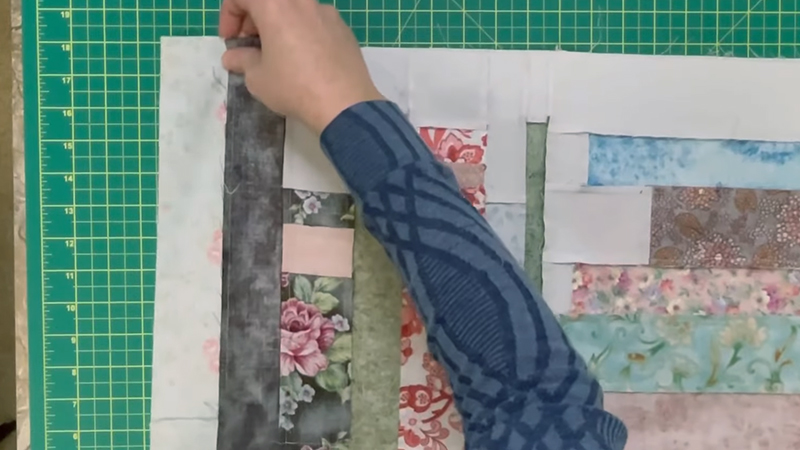
This is where your creativity shines. Consider the nuances that bring your bookcase to life.
Perhaps you want to add tiny fabric bookmarks or stitch on beloved book titles. Every minor detail contributes to the authenticity and charm of your quilt.
Step 9: Assemble the Quilt Top
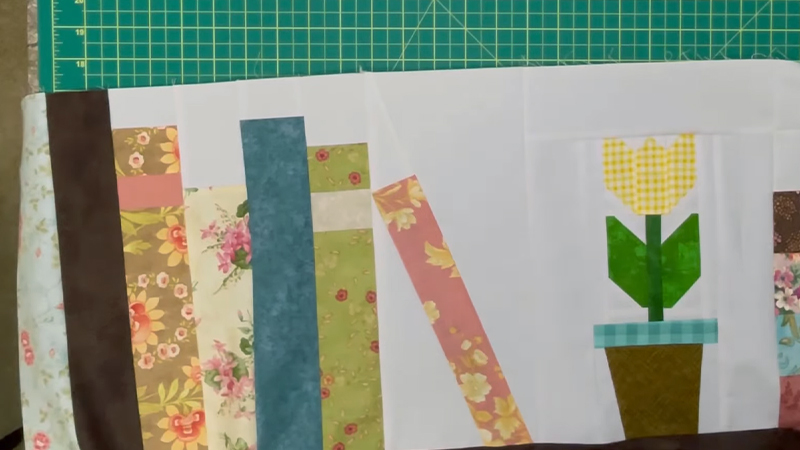
As you piece together the background fabric strips, maintain a keen eye for detail. Align the shelves precisely, ensuring they are evenly spaced and level.
This step lays the foundation for your bookcase, so take your time to get it just right.
Step 10: Layer and Quilt
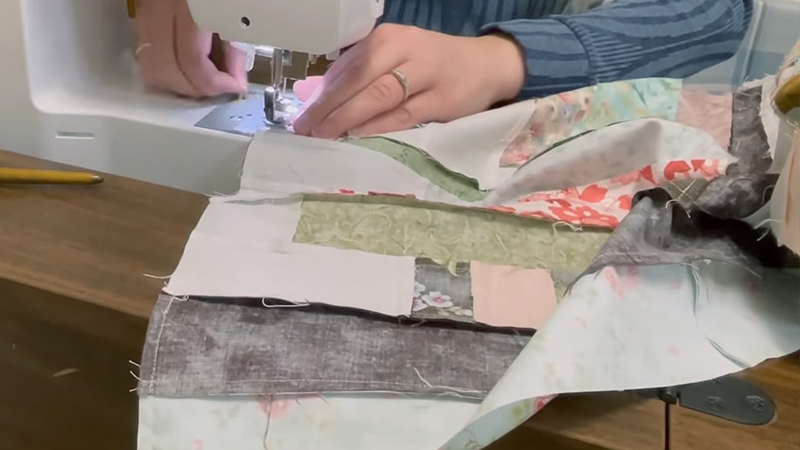
Lay out the layers with care and attention. Smooth any wrinkles or folds, ensuring the layers lie flat and taut.
Basting is a crucial step that holds the layers together securely for the quilting process. Begin quilting along the edges of the book spines and shelves, providing them with texture and definition.
Step 11: Binding
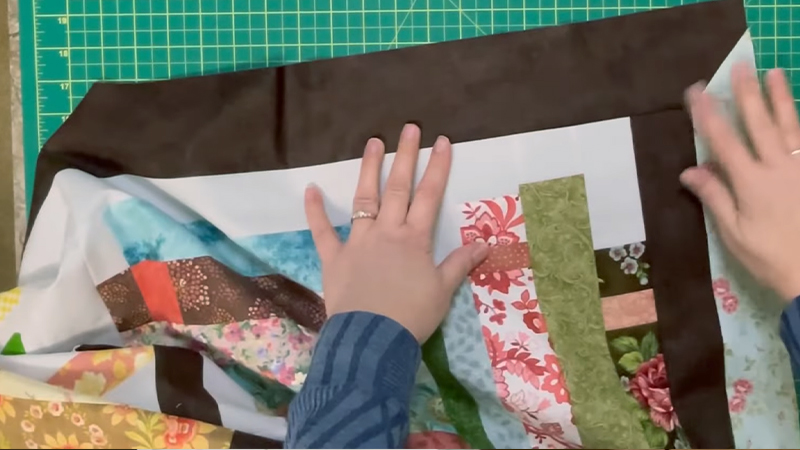
The binding is like the finishing touch on a masterpiece. Take your time to ensure the binding is even and secure.
Meticulously stitching it in place creates a polished frame that complements the overall design of your quilt.
Step 12: Finishing Touches
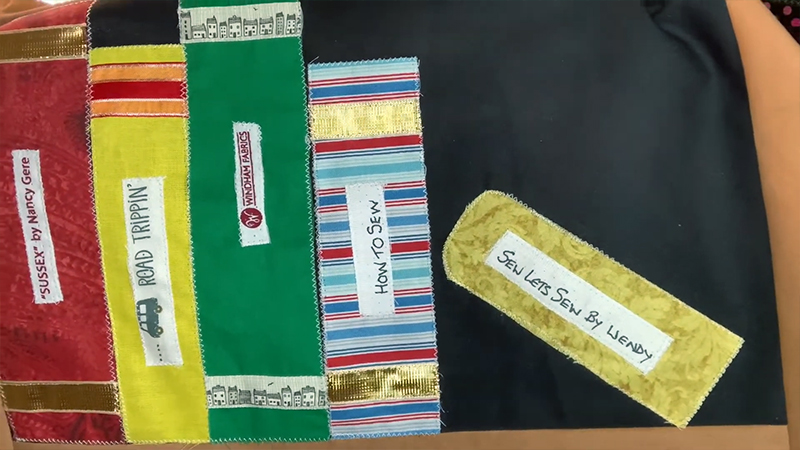
A final press and careful trimming of loose threads may seem small, but they add that last touch of professionalism and finesse to your bookcase quilt. It’s these finishing touches that truly elevate your creation.
Variations and Customization of Bookcase Quilt
Once you’ve mastered the basic steps of creating a bookcase quilt, you can explore various ways to add your personal touch and make it uniquely yours.
Here are some ideas for variations and customizations:
Book Selection and Titles
Consider not only your favorite books but also books that hold sentimental value or have special meaning to you.
You can choose books based on their covers, colors, or themes. Adding titles with fabric markers or embroidery can make the quilt more personal.
Fabric Appliqué
Fabric appliqué allows you to add intricate details to your quilt. You can create realistic book covers, intricate bookmarks, or even tiny fabric embellishments like buttons, beads, or lace. This technique adds depth and texture, making your quilt truly stand out.
Embroidered Details
Embroidery provides an elegant and detailed way to customize your quilt. Consider stitching book titles, author names, or meaningful quotes.
The fine stitching can bring a delicate touch to your quilt and showcase your love for literature.
Quilt Size and Shape
Think about the purpose of your quilt. A wall hanging might be a perfect addition to your reading nook, while a larger quilt could be a cozy companion for chilly nights. Customizing the size and shape ensures your quilt fits seamlessly into your space.
Background Fabric Variation
The choice of background fabric can significantly impact the overall look of your quilt.
A solid color can create a clean, modern feel, while a subtle print can add depth and interest. Consider a fabric that resembles wood grain to enhance the realism of your bookcase.
Color Themes
Choosing a color scheme can set the mood and theme of your quilt. Warm, earthy tones create a cozy atmosphere, while vibrant, contrasting colors evoke a playful and energetic feel. Think about the emotions and atmosphere you want to convey through your quilt.
Incorporate 3D Elements
Adding three-dimensional elements introduces an interactive aspect to your quilt.
Fabric bookmarks that dangle from the books can be both functional and decorative. You can also create small pockets for notes, keepsakes, or toy book-related props.
Mixed Media Techniques
Combining quilting with other artistic techniques allows for endless creative possibilities.
Fabric markers or fabric paints can add fine details or shading to the books. Fabric collage techniques can create unique textures and visual interest.
Customized Book Spines
Experiment with different shapes for the book spines to represent various types of books.
For example, you could create rounded spines for cookbooks or tall, narrow spines for novels. This customization adds a dynamic and playful element to your quilt.
Themed Bookcases
Creating themed bookcases allows you to tell a story through your quilt.
A children’s bookshelf could feature whimsical fabrics and playful characters, while a mystery novel bookcase might incorporate dark, mysterious hues and intricate details reminiscent of detective stories.
Include Personal Touches
Infusing your quilt with personal elements adds sentimental value.
Consider using fabric from a cherished piece of clothing, a special event, or a meaningful trip. These touches make the quilt a reflection of your unique life experiences.
Experiment with Quilting Patterns
The choice of quilting patterns can enhance the overall design.
You might opt for a pattern that mimics wood grain for the shelves or use free-motion quilting to add intricate details to the books. The quilting process itself becomes a canvas for your creativity.
Famous Bookcase Quilt Designs
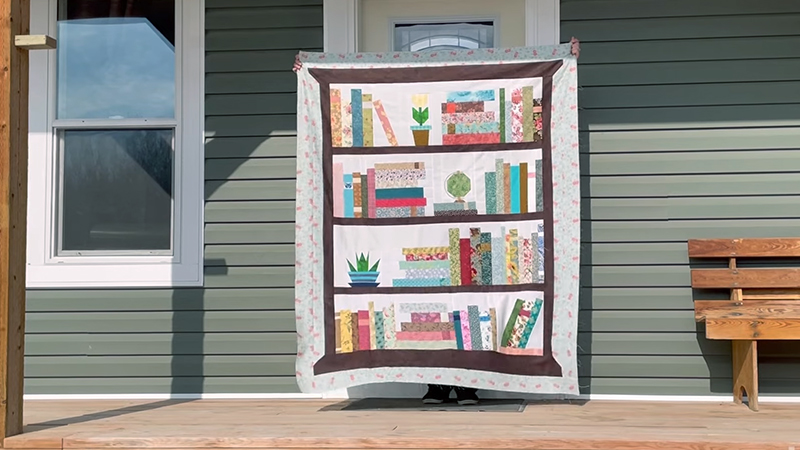
While there may not be universally famous bookcase quilt designs, some notable examples have gained recognition within the quilting community.
Here are a few well-known bookcase quilt designs:
The “Library Quilt” by Gwen Marston
Gwen Marston, a renowned quilter, created a series of quilts featuring bookshelves filled with books. Her “Library Quilt” designs are characterized by their playful and whimsical depiction of books and shelves.
The “Bookshelf Quilt” by Lea McComas
Lea McComas is known for her incredibly detailed and realistic fabric art. She has created several bookshelf-themed quilts that showcase a variety of book genres and styles.
The “Library Quilt” by Sharon Schamber
Sharon Schamber is an accomplished quilter known for her intricate and beautifully crafted quilts. Her “Library Quilt” features a stunning array of books on shelves, with detailed spines and realistic shading.
The “Bookcase Quilt” by Quilter’s Cache
Quilter’s Cache, a popular quilting website, offers a free pattern for a bookcase quilt. This design allows quilters to customize their book spines and arrange them on shelves to create a personalized bookcase quilt.
The “Quilted Bookcase” by Kay Koeper Sorensen
Kay Koeper Sorensen, a talented quilt artist, has created several book-themed quilts. Her “Quilted Bookcase” design features a realistic depiction of a bookcase filled with diverse books.
The “Bookshelf Quilt” by Julie Hirt
A quilting blogger and pattern designer, Julie Hirt offers a popular bookshelf quilt pattern. Her design includes a mix of books, some stacked horizontally and others standing upright, creating a dynamic and visually exciting composition.
Care and Maintenance of Bookcase Quilt
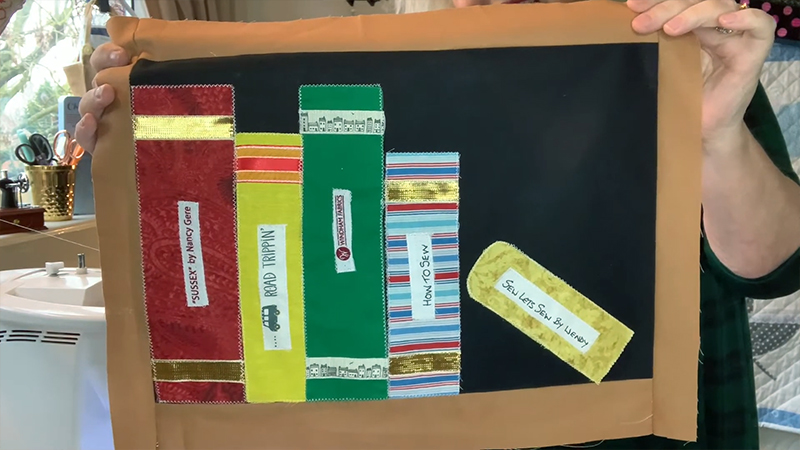
Proper care and maintenance are essential to preserve the beauty and longevity of your bookcase quilt.
Here are some guidelines to ensure your quilt remains in excellent condition:
Regular Dusting
Dust your quilt periodically to prevent dust and dirt buildup. You can gently remove surface dust by using a soft brush or a lint roller. Avoid vigorous shaking, as it can stress the seams and fabrics.
Avoid Direct Sunlight
Prolonged exposure to direct sunlight can cause colors to fade over time. Display your quilt away from direct sunlight or use UV-protective curtains or blinds to shield it.
Occasional Washing
When your quilt requires cleaning due to stains or dirt, consider hand washing it in a bathtub or large basin using a mild detergent.
Avoid agitating or wringing the quilt, which can damage the delicate stitching and fabrics. Gently squeeze out excess water, then lay it flat on a clean towel to air dry. Ensure it’s scorched before storing.
Storing Your Quilt
Store your quilt in a cool, dry place away from direct light when not in use. Avoid storing it in damp or humid areas, as moisture can lead to mold and mildew growth.
Fold the quilt along its natural creases to prevent wrinkles or roll it gently around a tube. Avoid tightly compressing it, which can cause creases and stress the fabric.
Consider using a cotton or muslin cloth to cover the quilt when storing it, which can protect it from dust and potential pests.
Repairs and Maintenance
Inspect your quilt regularly for loose threads, seams, or signs of wear and tear. Address any issues promptly to prevent further damage.
Consult a professional quilt restorer or conservator for more extensive repairs or restoration work if necessary.
Protection During Use
When your quilt serves a functional purpose, like covering a bed or sofa, consider using a removable or duvet cover to protect it from daily wear and tear.
Avoid placing heavy objects on top of the quilt to prevent crushing and distortion of the quilted design.
Quilt Rotation
When displaying your quilt on a wall or as a decorative element, consider rotating it occasionally to distribute any potential fading or wear evenly.
Handling with Care
When handling your quilt, be gentle. Avoid tugging or pulling on the edges or corners, stressing the fabric and seams.
Storage Alternatives
Consider acid-free quilt storage bags or archival boxes when you have limited storage space or want to preserve your quilt for an extended period.
These specialized storage solutions provide extra protection against dust and environmental factors.
FAQs
What Materials Do I Need to Make a Bookcase Quilt?
To make a bookcase quilt, you’ll need various fabrics for the book spines and background, batting for thickness and thread, a sewing machine, book templates, and essential sewing tools.
Can I Use Any Fabric for the Book Spines?
Yes, you can use a variety of fabrics for the book spines. Scraps, fat quarters, or themed fabrics can all be utilized to create a diverse and colorful collection of “books.”
How Do I Add Details like Book Titles?
You can add details like book titles using fabric markers, embroidery, or appliqué. You can write the titles freehand or use stencils or templates for a neater finish.
Is It Necessary to Use a Quilting Ruler and Rotary Cutter?
While not strictly necessary, a quilting ruler and rotary cutter make precise cutting much more accessible. They help ensure straight edges and even pieces, which contribute to the overall polished look of the quilt.
Can I Machine Wash a Bookcase Quilt?
It’s generally recommended to avoid machine washing a bookcase quilt to prevent potential damage to the delicate stitching and fabrics.
To Recap
In crafting a bookcase quilt, you embark on a journey combining artistry with a love for literature. Careful fabric selection, precise cutting, and creative arrangement of book spines culminate in a unique tapestry of personal expression.
From sewing book spines to adding intricate titles, attention to detail brings the quilt to life. The process demands skill and imagination, culminating in a quilt embodying your passion for books.
With proper care, this textile masterpiece will be a cherished testament to the creativity, craftsmanship, and a profound appreciation for the world of literature, adding warmth and character to any space it graces.
Leave a Reply